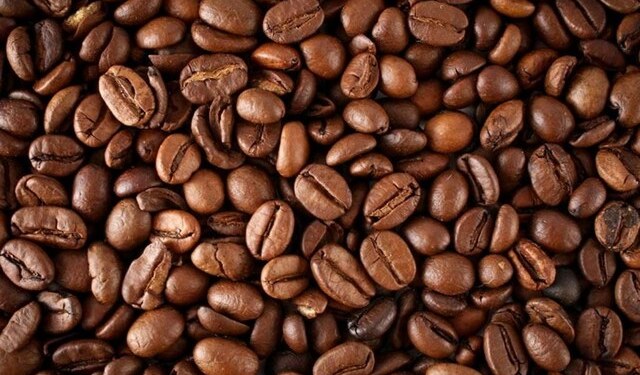LONDON: Sterling rose for a third straight day on Thursday as investors bet the Bank of England would take on a more hawkish tone at a policy meeting next week.
Recent data on the British economy have been mildly encouraging and BoE Governor Mark Carney has sounded a bit more upbeat, noting wage growth is finally picking up.
The BoE’s Monetary Policy Committee is expected to keep rates at 0.50 percent when it meets on Feb. 8, and markets now foresee only a 50 percent probability of an increase in May. But the possibility of an increase sooner rather than later – perhaps in May – is growing.
The BoE has raised rates just once since the financial crisis, compared with the Federal Reserve’s five.
“We expect a quarter-point rate hike in the second and fourth quarter, reflecting the improving strong fundamentals of the economy,” said Eric Theoret, a U.S.-based FX strategist at Scotia Bank.
The pound was trading up 0.3 percent at $1.4234, having earlier reached $1.4275. Against the euro, it was up 0.2 percent at 87.63 pence.
Lack of bad news also helped sterling recover, said ING currency strategist Viraj Patel. Markets brushed aside reports that British Prime Minister Theresa May was facing a leadership challenge in her own party and a House of Lords report that said her Brexit legislation plans contained “fundamental flaws” .
“Domestic political noise will act as a limiter for sterling, but it won’t actively weigh on it. Once that noise doesn’t escalate, or there’s no new catalyst, the natural tendency is for the pound to just revert some of those losses,” Patel said.
A report that showed British manufacturing lost more momentum than expected last month, with activity falling to a seven-month low, took some shine off sterling but not enough to knock it into negative territory.
The pound reached its highest levels last week on a trade-weighted basis since late June 2016, in the aftermath of the Brexit vote. It was just a half a percent off that high on Thursday.
Since the EU referendum, sterling is still down around 9 percent on a trade-weighted basis, but it is up about 8 percent from a trough reached in October 2016.
“With the currency having returned to more ‘normal’ levels recently, we foresee a slower pace of gains for the rest of 2018, mainly against the dollar, before the pound trade-weighted index trend appreciation re-accelerates in 2019,” Credit Agricole strategists wrote in a note to clients.
Source: Brecorder.com

























